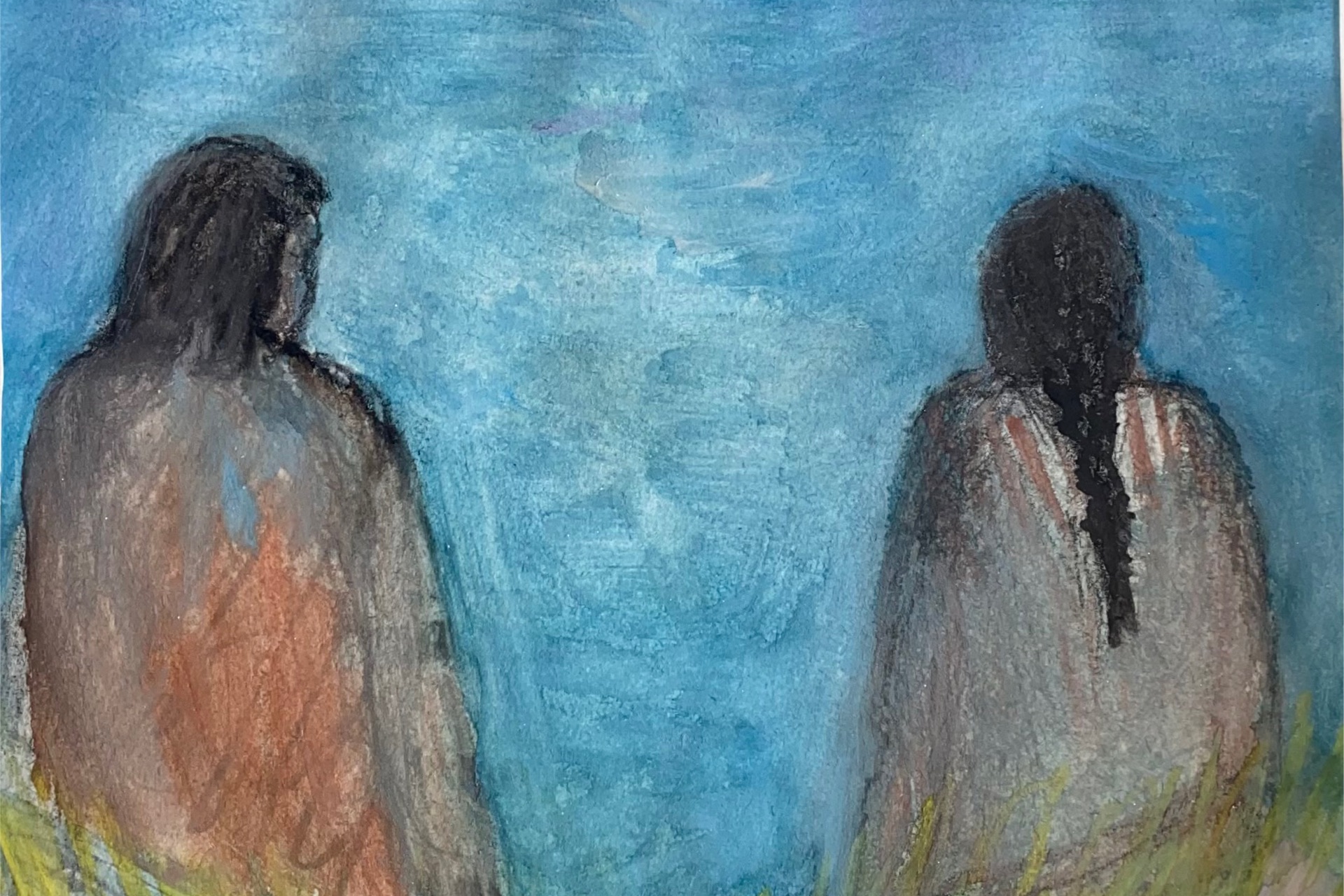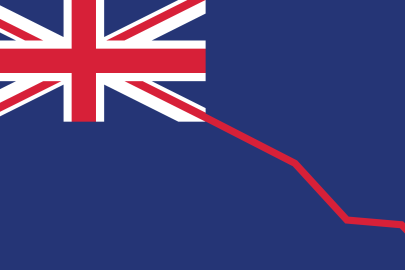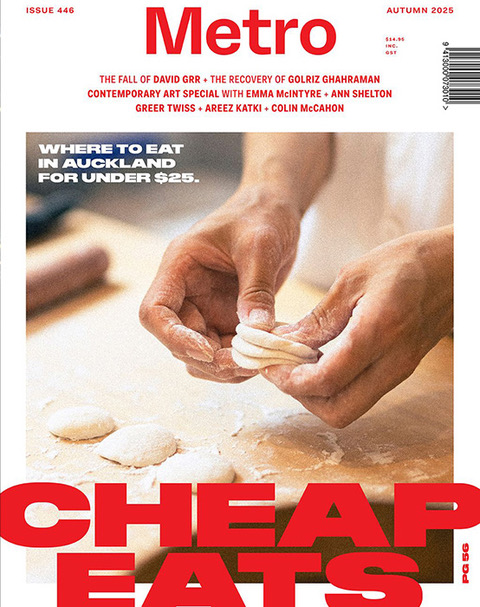Jun 10, 2024 Politics
History often repeats itself in peculiar ways, its long claws reaching from the past and sinking inescapably into the present. Its truths jostle uneasily with ideals and the way a country views itself. Stories of settlement, ingenuity and frontier dreams of a ‘fair go’ sit uncomfortably against a record of unsettlement, inequity and dispossession. But while great progress has been made in the country’s long march to reconciliation, that progress is never linear. For every great stride towards the Aotearoa envisioned by Te Tiriti, there always seems to be a backward stumble.
New Zealand currently seems to be locked in such a slip back. The long, bright days of summer were unsettled by a hum of discontent. December saw large hīkoi descend on Parliament, calls of ‘toitū Te Tiriti’ everywhere. January 2024 started with collective energy as thousands heeded the Kiingitanga call for a hui-aa-motu; Rātana and Waitangi saw record crowds. Many Māori find themselves in the latest iteration of constant struggle, as the government looks to unwind co-governance, relegate the use of te reo and put the principles of Te Tiriti to a referendum, threatening to override decades of findings and jurisprudence. It has also reignited the fear merchants’ talking points of ‘special treatment’ or ‘privileges’, tiresome claims that roll around as regularly as the tide drags across the shore. It’s hard to escape the echoes of 20 years ago.
The idyllic Marlborough Sounds are an unlikely scene for one of the most explosive chapters in New Zealand politics. Jagged ranges, draped in dense bush, plunge into the jade waters of the Sounds’ many bays and coves. It was in these tranquil waters that, in the 1980s, the iwi of Te Tau Ihu wanted to start a mussel farm in their traditional fishing grounds. They applied for a licence and the council rejected it, while granting concessions to four Pākehā organisations. Te Tau Ihu iwi took the matter to the courts, arguing they had a customary right to the foreshore and seabed of their area. In 2003, the Court of Appeal ruled that the Māori Land Court had the jurisdiction to determine whether the foreshore and seabed could be customary land. It was hardly a revolutionary or radical judgement; it did not determine ownership, just that Māori had the right to seek due process through the courts.
Somehow, this was enough to spread a fevered panic through New Zealand. According to some media coverage, this simple test case was a harbinger of doom: everyday Kiwis would be banned from beaches. Other commentators — without a hint of irony — called it a confiscation. One protest in Nelson saw placards that read “whites have rights too” and “honour the Crown”. National MP Nick Smith launched a petition to “save our beaches”, saying “ordinary New Zealanders, who have shown a remarkable degree of tolerance to Treaty claims and spending on Māori issues, have had enough”. The Helen Clark-led government responded in knee-jerk fashion. In a press release three days after the Court of Appeal decision, it said it would look to ‘resolve’ the issue, deciding weeks later to legislate to bring the entire foreshore and seabed into Crown ownership, ignoring due process and extinguishing the unexplored property rights of Māori.
This one sweeping piece of legislation affecting potential claims to more than 10 million hectares, effectively a final annexation, provoked an explosive response from Māoridom, who saw it as raupatu repeated. Here was a clear example of history’s rough jostling: the Kiwiana ideal of harmony and barbecues on the beach confronted by the continuing process of seizure and colonisation. In April 2004, the biggest Māori march in a generation set off from Te Hiku in the north. It collected thousands of people as it made its way down the island and streamed over the Auckland Harbour Bridge in an echo of the Land March 29 years prior. As the hīkoi reached Wellington, 15,000 people, young and old, braved a bitingly cold storm, marshalling their collective anger in a formidable display of mana, ihi and wehi. The Rātana brass band, conch shells and haka rang between the high rises of Lambton Quay, as chants of “seabed, for sure” and “two, four, six, eight, don’t you bloody legislate” made their way to Parliament, where the forecourt was awash with the red, white and black of tino rangatiratanga emblems.
There, they were met by Labour’s Māori MPs, who had been thrown a particularly fraught test. The cauldron of Parliament squeezes loyalties at the best of times, but the bill drove a wedge between party, whānau, iwi and hapū like no other. Tariana Turia walked from Labour over it, going on to form Te Pāti Māori. Few of her Labour colleagues would ever speak to her again. Nanaia Mahuta voted against the bill at first, but later decided to stay with Labour out of “pure pragmatism”. The late Parekura Horomia, who had to front a series of rushed consultation hui, opted to support it, though he made no secret of how agonising that was.
Today, you don’t have to look far to find people describing Act’s new Treaty Principles Bill as this generation’s foreshore and seabed moment, and the similarities are striking. But while the country’s uncomfortable trek to reconciliation has stumbled, there are heartening differences. For a start, rather than a cross-aisle Māori-bashing, the modern attacks on Te Tiriti have been criticised from many quarters, including the right. Even more heartening is that those attacks appear to not have translated to a boost in the polls.
The government also now faces a whole new calibre of opposition. After 30 years of treaty settlements, some iwi are now multi-billion dollar entities ready to litigate freely in defence of Te Tiriti and Māori policies. And, significantly, those children who were sitting on their parents’ shoulders at the foreshore hīkoi are now the ones leading the challenge — the kōhanga reo generation, strong in their identity and backed by an inexorable demographic change. The grandchildren of Ngā Tamatoa, the children of the foreshore and seabed, won’t settle for anything less.






